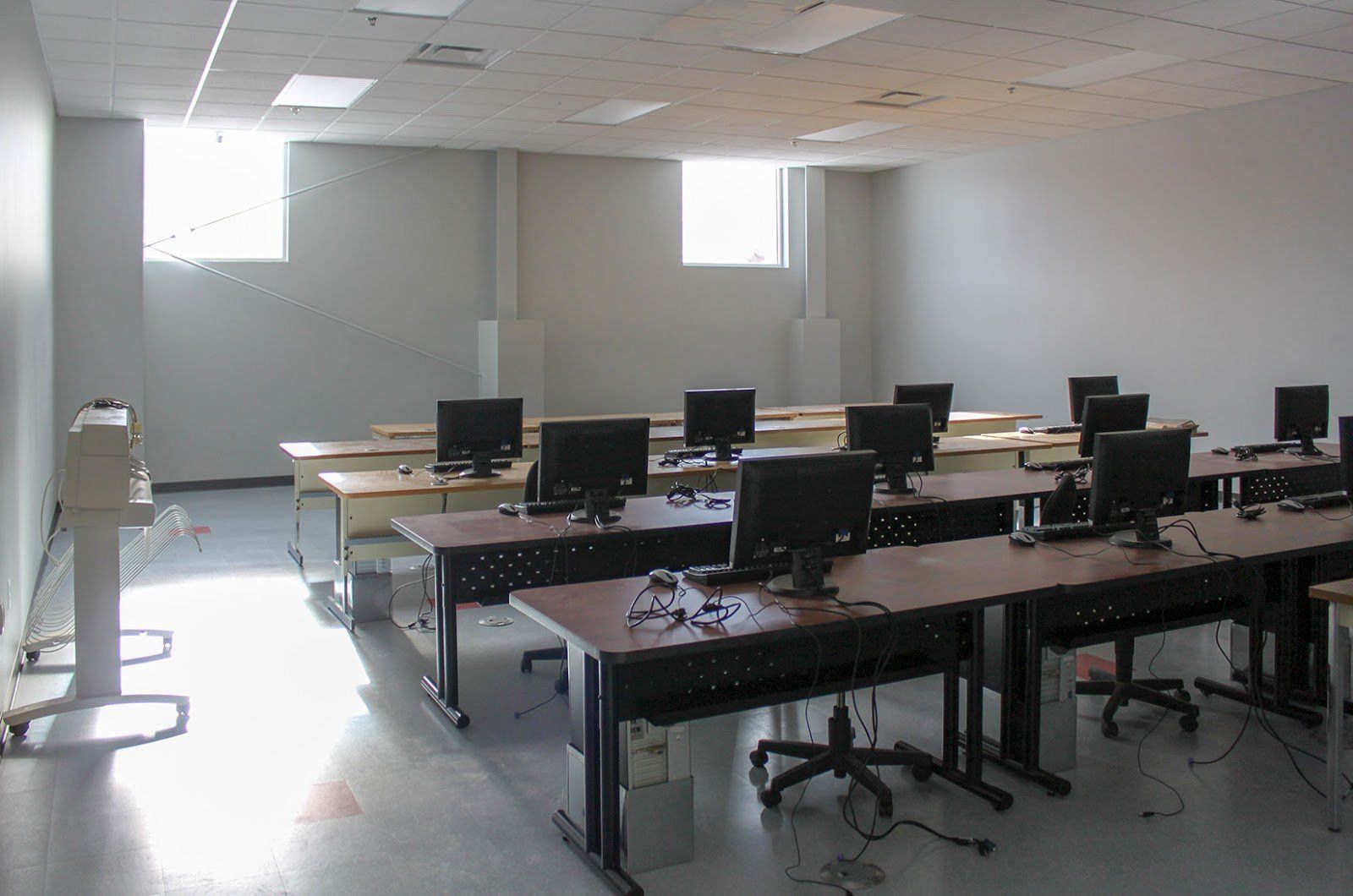Education Facility Design Trends. As trends in building design and education both evolve at the speed of light, it’s important to show where the two overlaps to impact how students learn. Long gone are the days of one-room schools and oversized chalkboards; we’re now sending students to school in tech-equipped facilities that address a variety of different learners.
In order to build a school fit for the modern student, there are some trends that decision-makers need to keep an eye on.
Common Space Changes
Dorms once used to be a major deciding factor for students deciding on top college choices. A recent survey shows that 42% of college administrators report that common spaces (like student unions) have the most impact when it comes to attracting high-performing students. In comparison, only 26% feel that impact is attributed to dorms. With 89% of respondents saying that facilities are an overall deciding factor for recruiting new students, it’s not surprising that many private education designs include an emphasis on these shared spaces.
Don’t Overlook Online Learning
The same survey showed a marked shift in how respondents predicted the impact of online learning. In 2012, only 33% believed that online education would have an impact and that number rose to 74% in 2019. Spaces to encourage online learning and the tech and IT infrastructure to support it became much of a higher priority when looking to construct or renovate private education facilities.

Remodeling Beats Out New Construction
Private education facilities are facing aging buildings and changing priorities, along with smaller budgets, which makes remodeling a more cost-efficient option. There’s also a lack of space for the footprint needed for facilities to expand as land becomes a premium. With renovations, schools are able to do more with less and students and staff face fewer disruptions and a shorter project timeline.
Safety and Security Are A Must
It’s unfortunate that private education facilities must turn a keen eye towards safety, but increased on-campus violence has made it an important design consideration. Architecture must include elements that deter and detect potential criminals, along with making sure that first responders can quickly and easily mitigate any threats. Fencing, door locks, resilient glass, and surveillance tools should all be a part of the plan.
Energy Efficient Layouts
Most commercial facilities are looking to increase their energy efficiency and reduce their carbon footprint, and educational facilities are no different. Optimized HVAC systems and lighting layouts are key when it comes to designing sustainable buildings. Even the size of rooms and shared spaces can make a difference. The building should support tech that can automate important processes and leverage occupancy sensors, and the exterior should enhance these initiatives.

Considering Collaboration
As the future of work changes, educational facilities need to keep up in order to prepare students to be productive and prepared members of the workforce of the future. Facility design needs to remove the barriers that traditional schools prevent in order to foster this collaboration — a soft skill that will be important for future employees. Spaces for learning need to be flexible and adaptive, with options for either group or independent work.
Tech Takes All
Classroom technology is no longer a luxury. Affordable options are available for students across the learning spectrum, but it’s only effective if spaces and facilities are designed to make the most of these investments. There need to be dedicated areas to use the tech and store it when students are engaging in traditional, non-tech pedagogy. Scalable infrastructure should be a top consideration as well.
Outdoors Comes Inside
Just as biophilic design is helping improve patient outcomes, the same can be said for incorporating nature in the design of private educational facilities. Green roofs are a great example of this trend as they allow for additional learning spaces that foster non-digital learning skills, access to outdoor spaces, and teach students by example about the importance of protecting the environment.
While each educational facility will need to be built to meet the needs of learners, it’s important to keep these trends in mind in order to give your students a competitive edge in school and beyond. Working with a trusted, qualified construction firm that understands why these trends are important is the first step to creating or enhancing your facility.
Our staff and construction crews have grown up building area schools for generations. We understand the tight timelines with school projects and we are experts in all school construction areas — get in touch with our team .
The post Education Facility Design Trends appeared first on G. S. & S. Construction.





